How to get your dog to walk to heel: Six tips from top dog-trainer Ben Randall
Teaching your dog to stop pulling on the lead takes work, but it’s an important step in training that will transform daily walks from laborious battles of will to enjoyable strolls — and your shoulder socket will thank you. Expert dog trainer Ben Randall explains how to teach your dog to walk to heel.


Getting out of the house each day to take your dog on a walk should be a fun and rewarding experience for all concerned, but if your dog is constantly tugging on the lead, darting about and dragging you in all directions, it can feel more like a daily struggle that you’re reluctant to tackle — a problem faced by W.K. from Devon.
‘Whenever I take my labrador for a walk, my arm is almost pulled out the socket,’ writes W.K. ‘I love that he’s excited to be out and about, but it’s exhausting and stressful to be continually struggling with tugging him back — not to mention, I don’t want him to hurt himself, as he tugs against the lead. How do I get him to stop pulling and walk to heel?’
So far in these dog-training articles, I’ve looked at encouraging positive behaviour through establishing better recall, crate training a puppy, introducing the lead, stopping your dog barking at the door, teaching a proper sit and preventing dogs stealing food (or anything else they fancy) — as with those, making lead training a positive experience is key to teaching your dog to stop pulling on the lead.
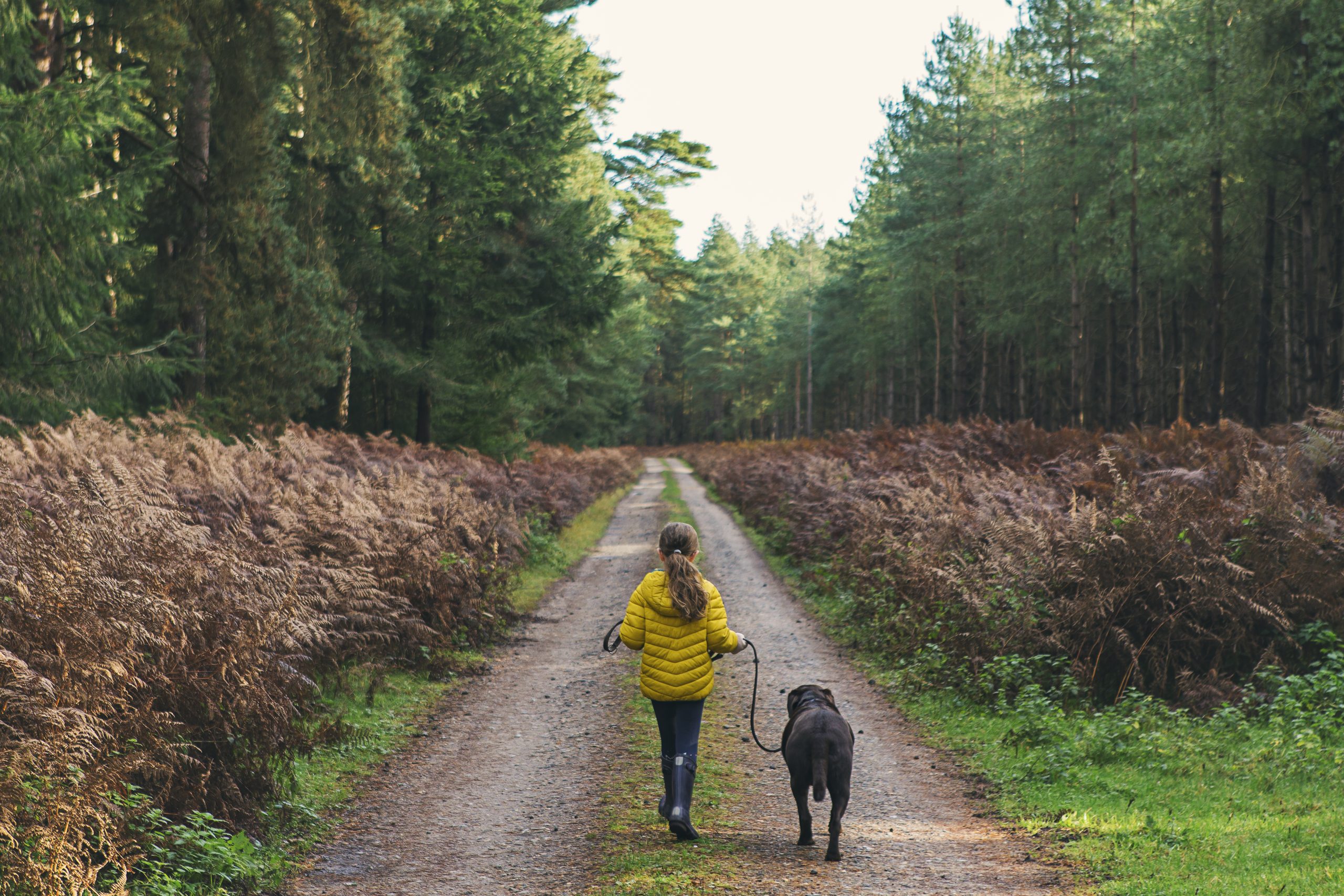
I’ve been perfecting my BG (Beggarbush) foundation methods for nearly 20 years — you can learn more via @beggarbush on Instagram and my dog-training app (this link will let you get a free trial) or ask me your own question by emailing paws-for-thought@futurenet.com — and know how important heel-work is.
Once you’ve finished introducing the lead to your dog, encouraging him or her to understand that the lead is something positive and rewarding, your dog will know that every time the lead is put on, a good experience will follow, such as food, a praise reward or a walk.
A word of warning before we start: it’s important not to put the lead on your dog when he/she is misbehaving. A common mistake is for an owner to shout and holler at a dog, growling sternly before putting on the lead — if you do this, your dog will associate your unhappiness or disgruntlement with being on the lead. We want your dog to always see the lead as a positive experience.
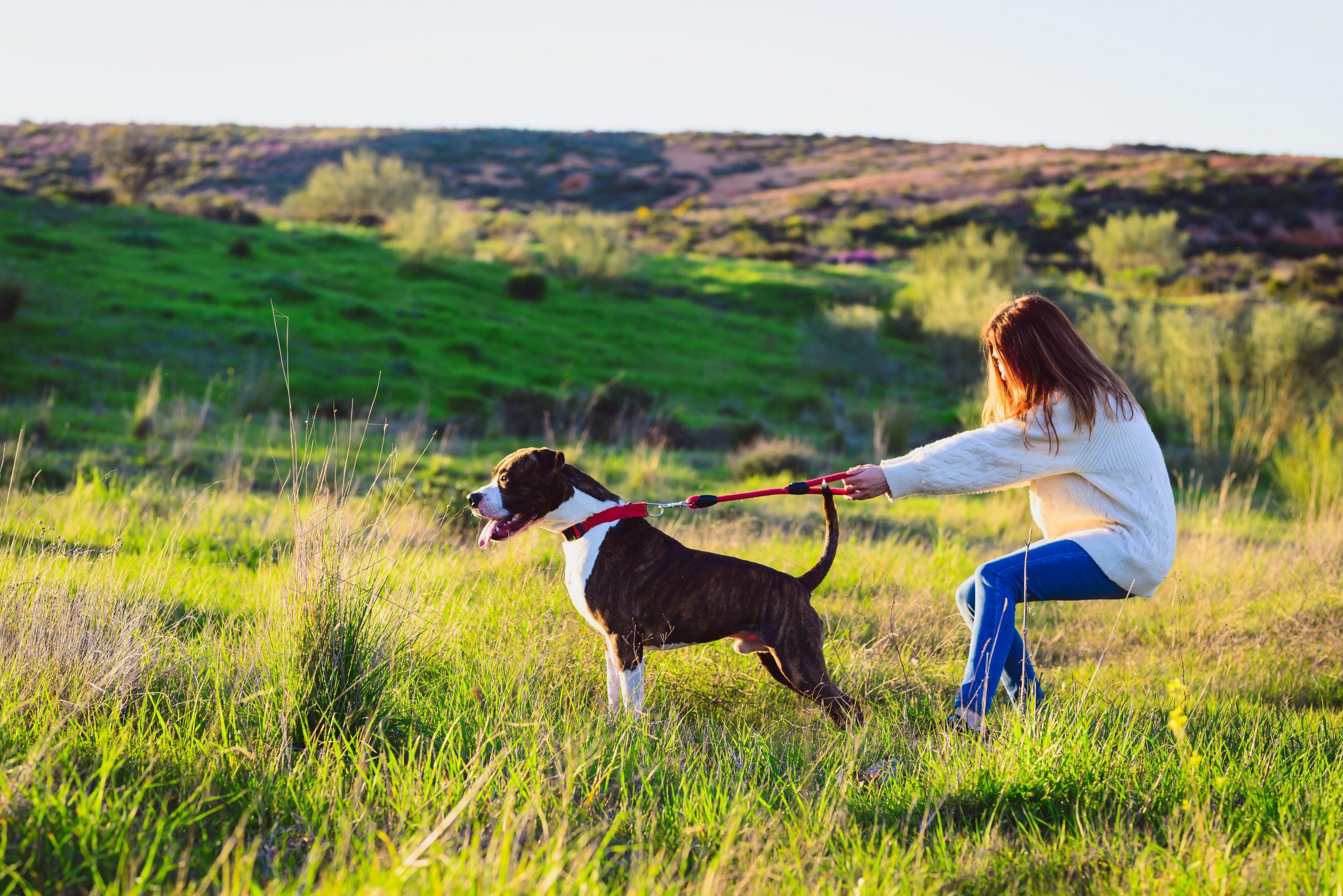
Six steps to stop your dog pulling on the lead
Build positive associations with the lead
Before anything else, it’s important to help your dog understand that the lead is a positive thing to have around its neck, something they associate with a good and happy experience — once this has been firmly established, then move on to the next step.
Home is where the heart is
If your dog is pulling whilst out on a walk, go back to walking the dog in a more confined and less distracting environment, such as the house or the garden. And make sure that the dog is on your left-hand side, walking against a fence or a wall.
Exquisite houses, the beauty of Nature, and how to get the most from your life, straight to your inbox.
Motivate them with a treat or toy
When your dog is walking on your left-hand side, hold a piece of kibble in your right hand, making sure your dog can see it, so that he/she is engaged and watching you whilst learning the ‘heel’ command. If your dog is not food-motivated, carrying a ball or a toy that they love is another great way of encouraging eye-contact and that all-important connection with your dog.
How to stop the dog pulling incessantly on the lead when you are out on a walk?
If you are out on a walk and your dog is tugging and half-choking itself to death, try a turning method: with the lead in my left hand, as soon as I feel any tension in it, I turn sharply left into the dog, walking him or her in the opposite direction and, as I do so, I firmly say the word ‘heel’. Then, I turn again and walk back in the opposite direction. If the dog pulls again, I repeat the process and reward the dog with praise, kibble or a toy every time he/she stays close and engaged with me.
Encourage your dog to engage with you as you walk
Another useful exercise is to loosen your grip on the lead, allowing the dog to walk the full length of it, and then, without pulling or snapping on the lead, say ‘heel’ and quickly turn around and walk the opposite way. By doing this in an area with minimal distractions, your dog will want to keep looking out the corner of his or her right eye, engaging with you and the direction you’re walking. Your dog will be more engaged and focused on you to watch and follow — and their reward will come.
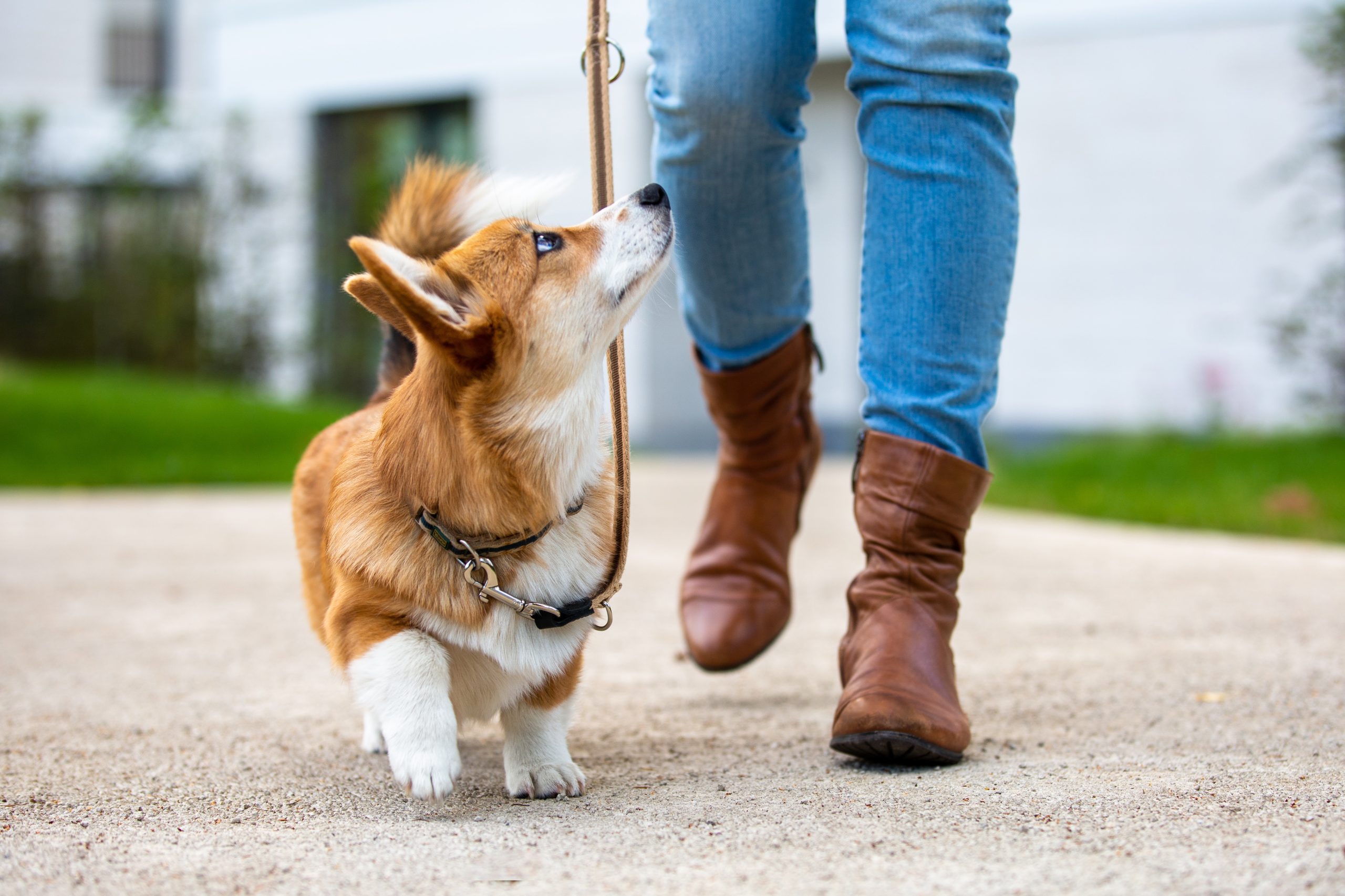
Make use of the ‘leave’ command
Be sure to use this if your dog starts pulling when they see another dog — as soon as your dog spots them, give the ‘leave’ command, then engage your dog with a reward in your right hand, such as a piece of kibble or simply some praise. We want to work up to the ideal scenario that, if your dog sees another dog in the park, he/she will acknowledge it, but look to you immediately afterwards for praise or a food reward. Personally, I like to walk past the dog as a distraction and, once we’re 10-20 yards away, I then lean down and give my dog the reward — this helps to build the trust between you and your dog.
For a free seven-day trial of Ben's dog training app — which normally costs £24.99 a month or £249.99 a year — visit www.gundog.app/trial. You can also get more detailed advice about Ben Randall’s positive, reward-based and proven BG training methods, one-to-one training sessions, residential training or five-star dog-boarding at his BGHQ in Herefordshire, telephone 01531 670960 or visit www.ledburylodgekennels.co.uk.
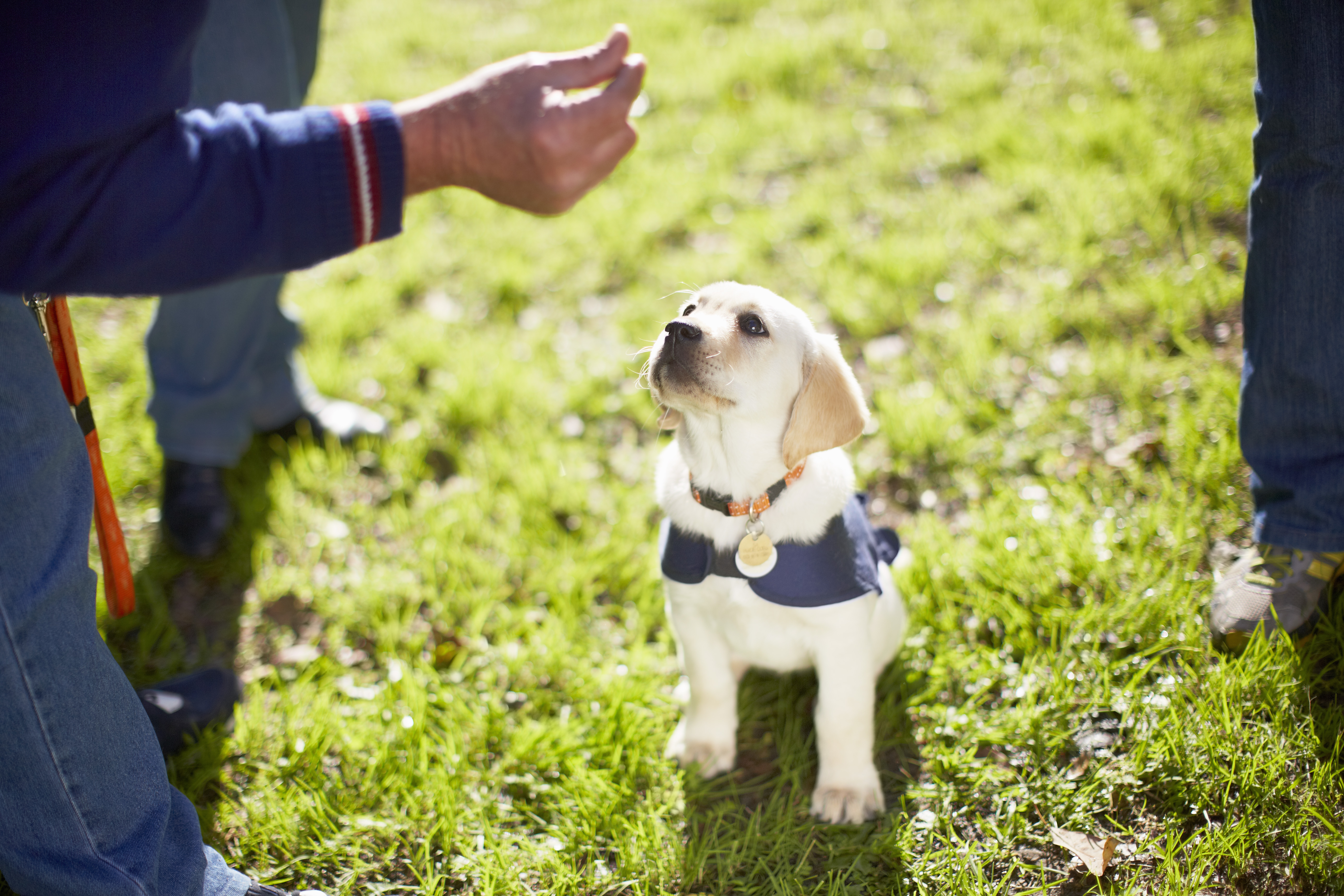
Credit: Getty Images/Westend61
How to teach a dog to sit: Five tips from leading dog trainer Ben Randall
Teaching your dog to sit is one of the most important things you can do — and it will help with

Credit: Alamy Stock Photo
How to stop a dog chasing cars: Six tips from top dog-trainer Ben Randall
Watching your dog run after traffic can be heart-stoppingly scary — but it's also a difficult habit to break. Ben Randall,
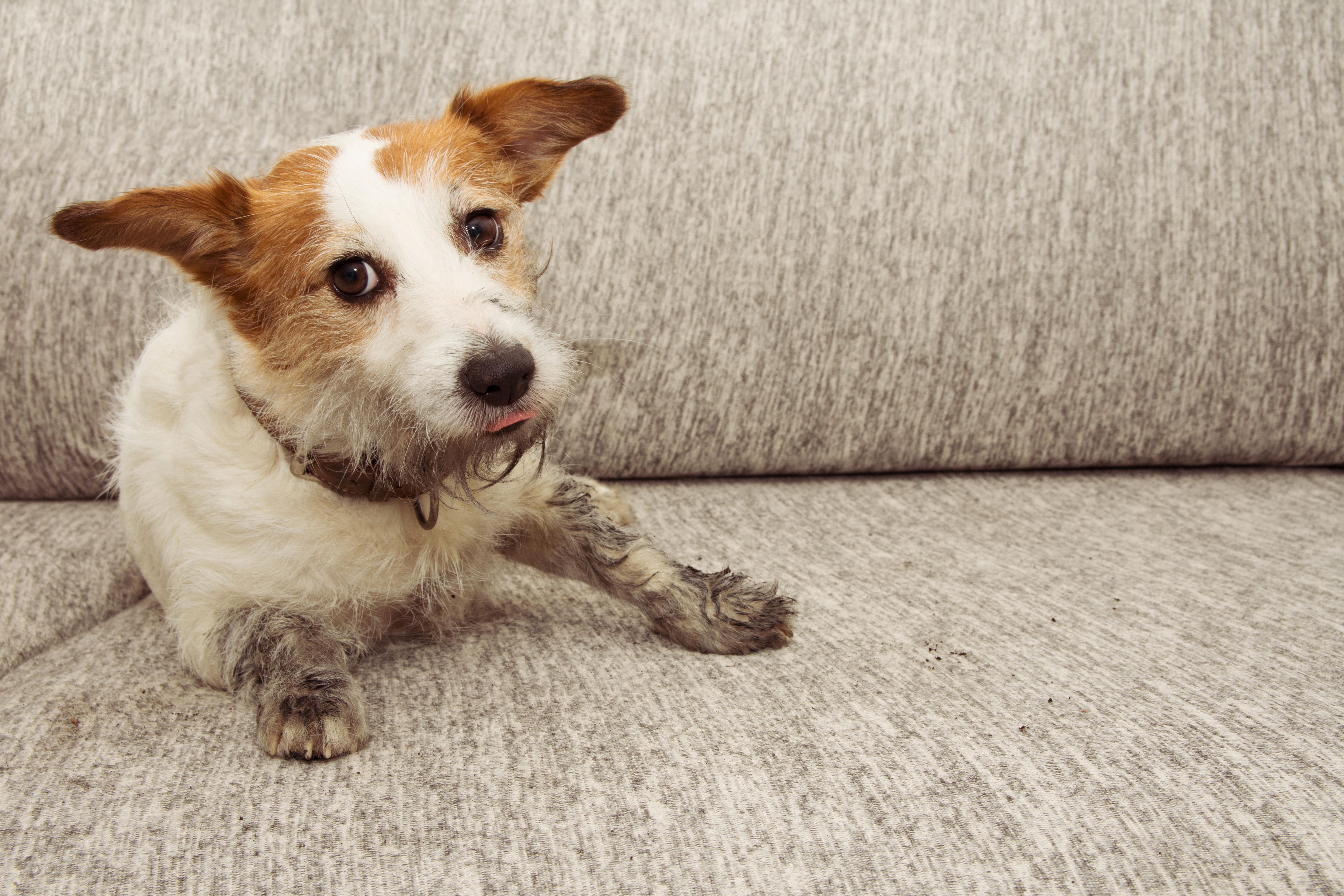
Credit: Alamy
How to keep a dog off the sofa, by top trainer Ben Randall
Fed up with Fido leaping onto the furniture — whether it's your sofa, armchair, or your bed — whenever he
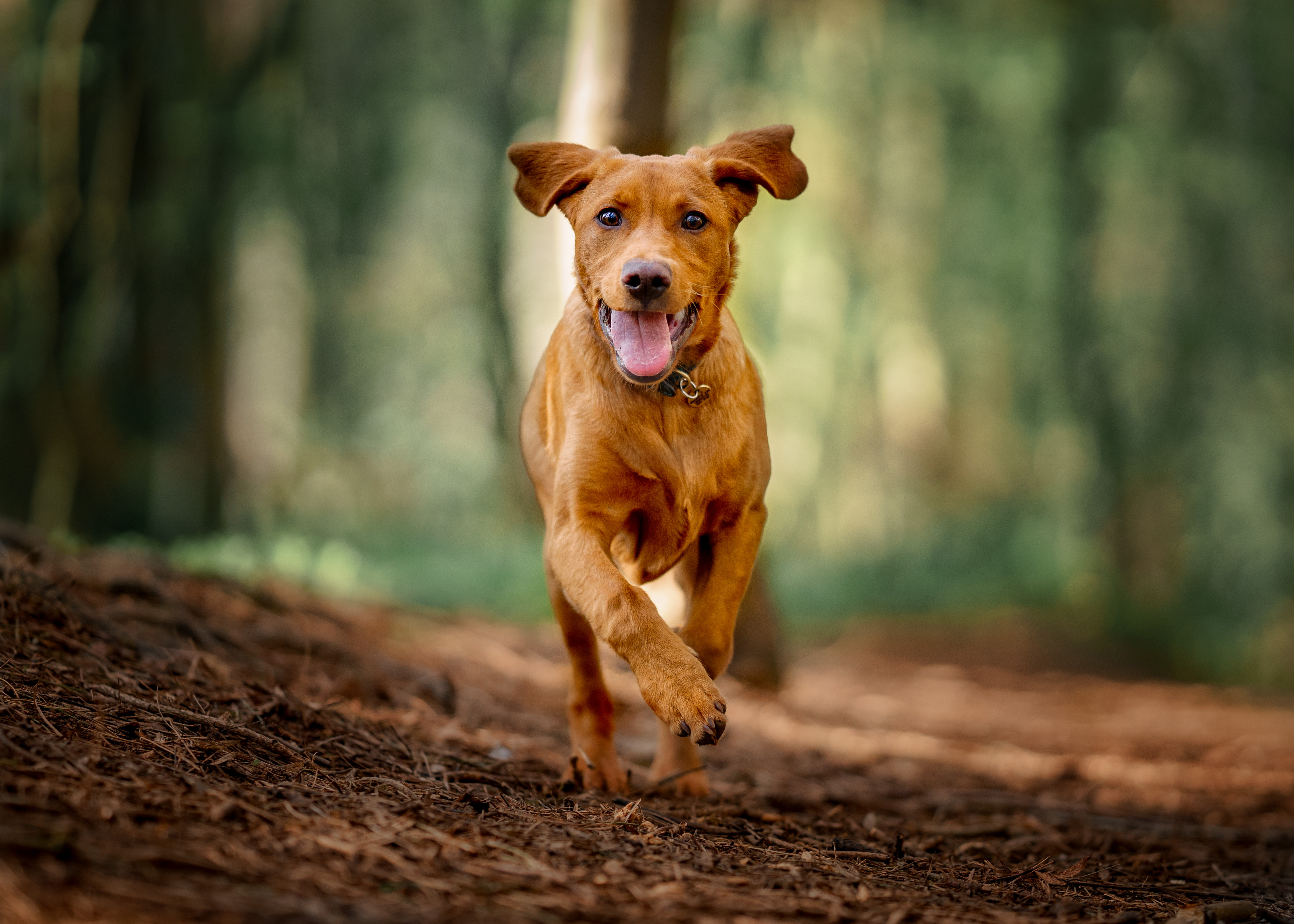
Credit: Getty Images
Dog recall training: Six tips from champion dog trainer Ben Randall
Training your dog is not easy — and with the huge recent rise in dog ownership, it's never been a better
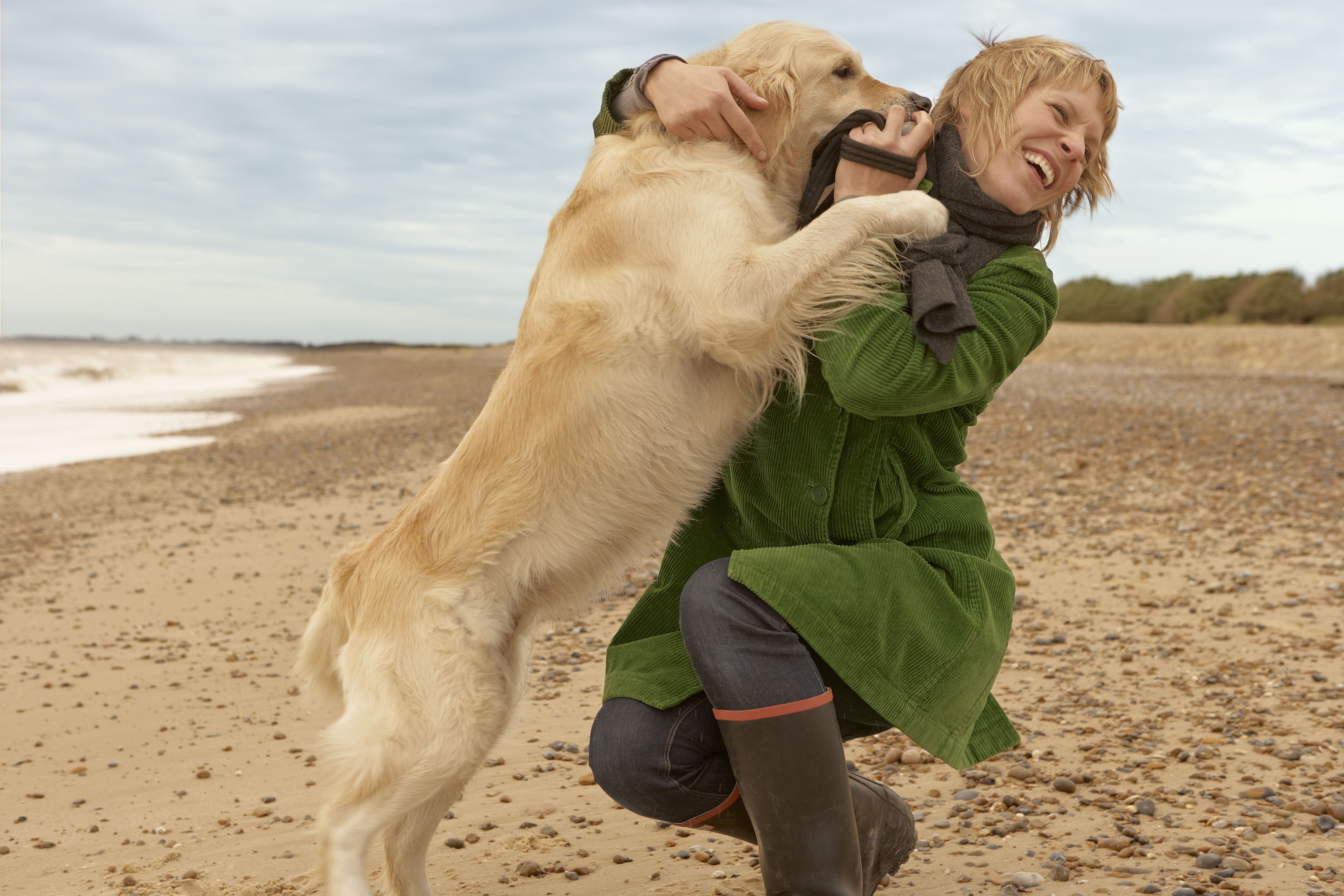
How to stop your dog jumping up, by expert trainer Ben Randall
It’s easy to dismiss our dogs’ love of jumping up on us — and other people — as friendly boisterousness,
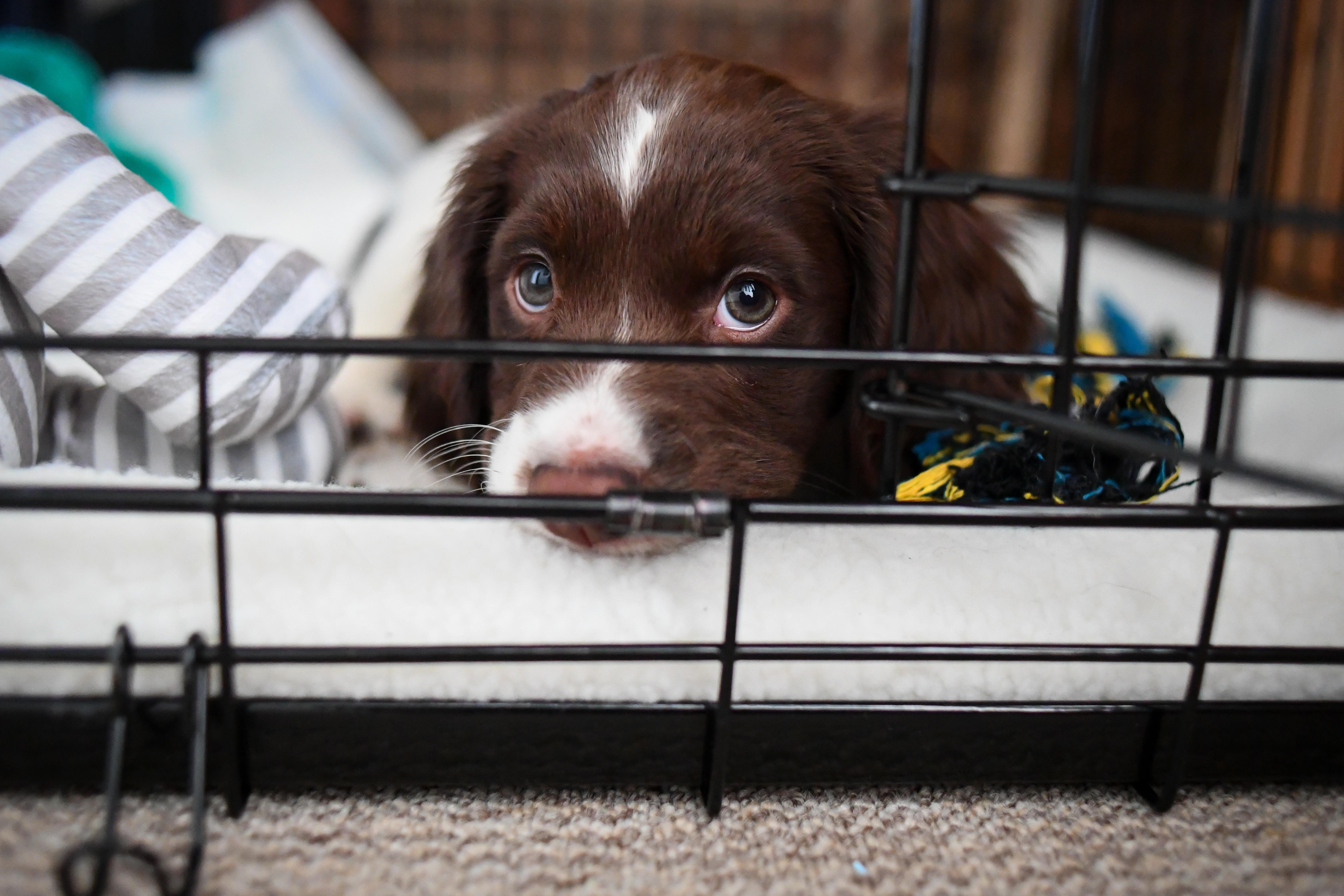
Crate training a puppy: Six tips from expert dog trainer Ben Randall
Puppy crate training can be tricky, yet it can pay dividends in all sorts of ways — even making puppy toilet
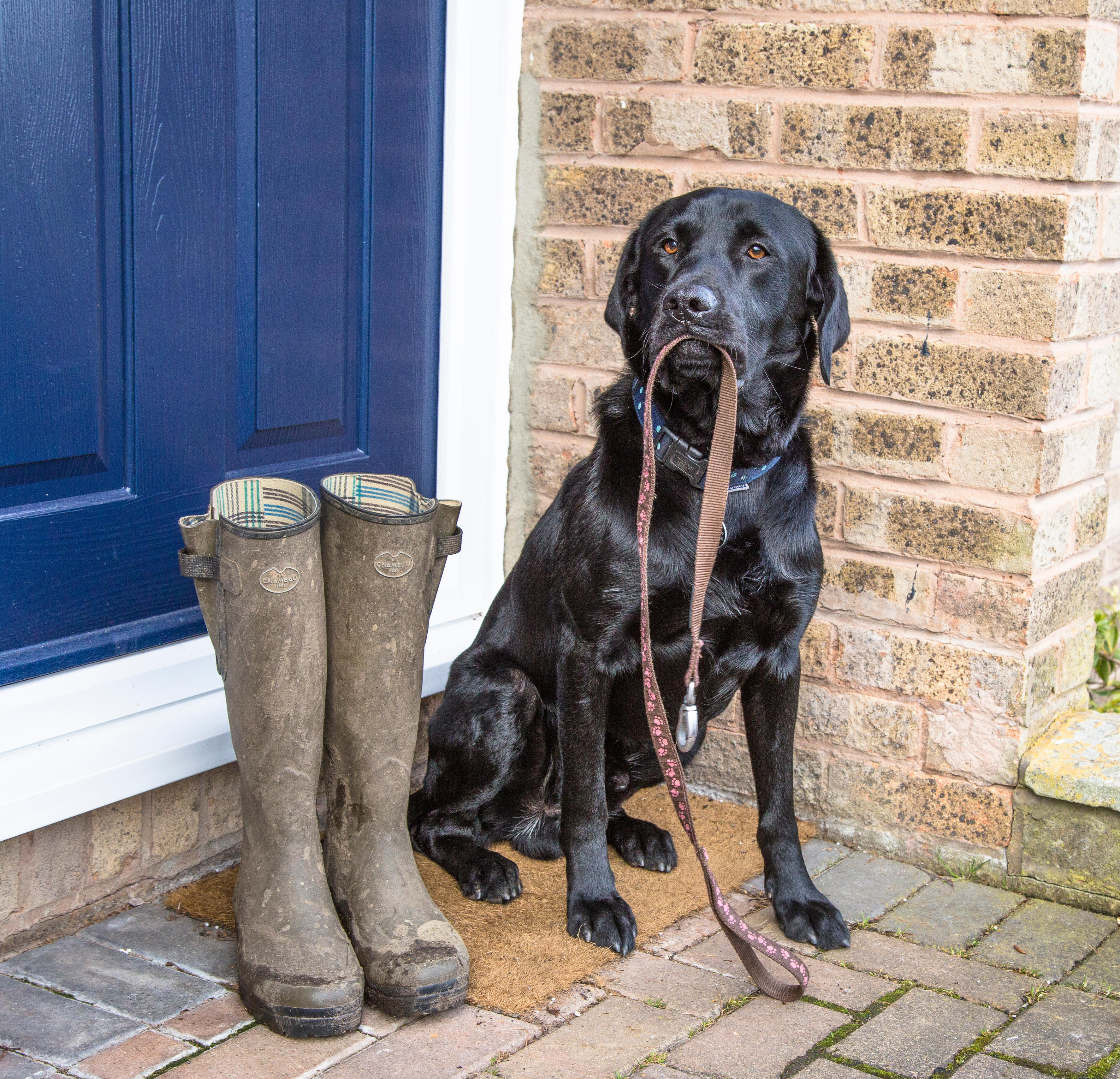
Credit: Ros Crosland / Alamy
Dog lead training: How to introduce the lead to your four-legged friend, by champion dog trainer Ben Randall
Introducing the lead to your dog can be tricky, but with a consistent routine you'll build positive associations that will

How to train your dog to leave things on command, by expert dog trainer Ben Randall
Teaching a dog to stop stealing food, clothes, TV remotes or anything else that they like to pinch can feel
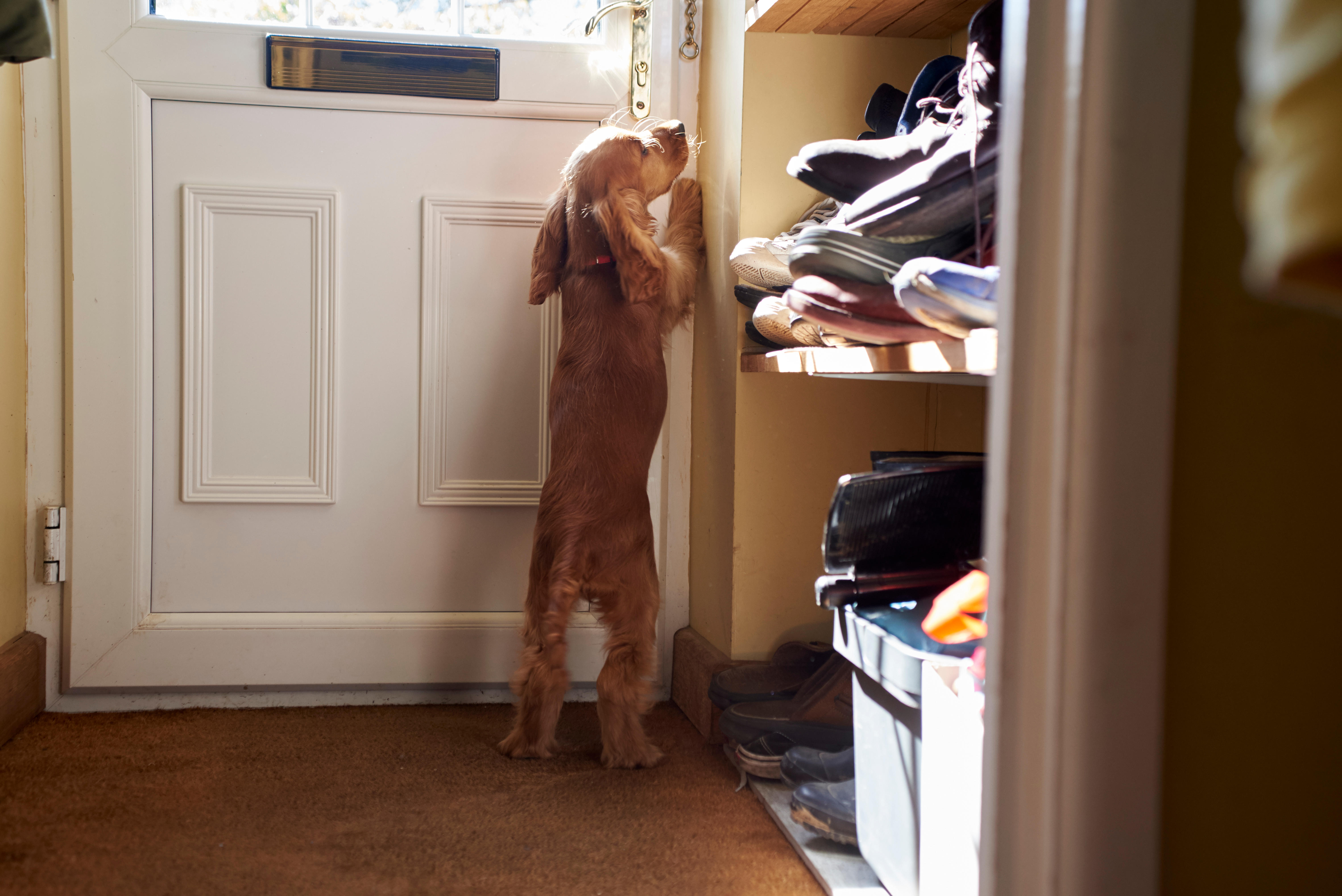
Credit: Alamy
How to stop your dog barking at the door
We know they mean well, but few things are more grating for dog owners — or more disconcerting for dog owners'

The champion dog trainer with a game-changing method who can teach any dog new tricks
Award-winning dog trainer Ben Randall — who looks after the dogs for everyone from David Beckham to Gordon Ramsay — happened
